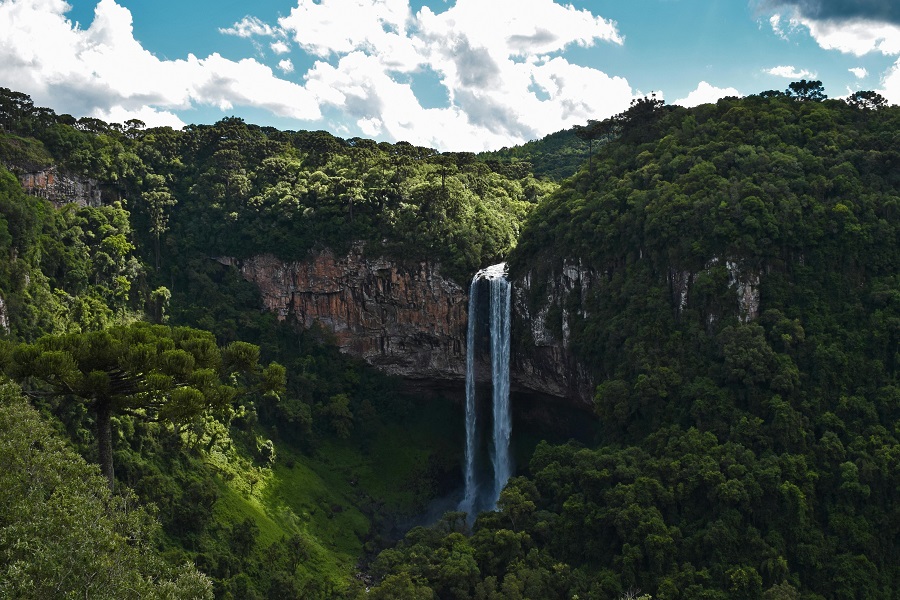Preserving Paradise: Ecotourism in the Great Barrier Reef

The Great Barrier Reef, the world's largest coral reef system, is a UNESCO World Heritage Site and one of the most breathtaking natural wonders on Earth. Stretching over 2,300 kilometers along Australia’s northeast coast, it is home to a diverse array of marine life, including vibrant coral formations, sea turtles, manta rays, and over 1,500 species of fish. As climate change and human activities pose significant threats to this fragile ecosystem, ecotourism has emerged as a sustainable way to explore and protect the reef while fostering environmental awareness.
The Importance of Ecotourism in the Great Barrier Reef
Ecotourism is a form of responsible travel that prioritizes conservation, education, and community engagement. In the Great Barrier Reef, ecotourism plays a crucial role in preserving marine biodiversity, supporting local economies, and promoting sustainable tourism practices that minimize environmental impact.
By choosing eco-friendly tours and activities, visitors can contribute to conservation efforts while enjoying an unforgettable experience in one of the world’s most iconic natural destinations.
Eco-Friendly Activities in the Great Barrier Reef
1. Snorkeling and Scuba Diving with Sustainable Operators
Exploring the vibrant underwater world of the Great Barrier Reef is a must for any visitor. Responsible tour operators follow strict guidelines to protect coral reefs, such as avoiding anchor damage, using biodegradable sunscreen, and educating divers on proper reef etiquette.
2. Glass-Bottom Boat Tours
For those who prefer to admire the reef without getting wet, glass-bottom boat tours offer a fantastic alternative. These tours provide breathtaking views of coral formations and marine life while ensuring minimal disruption to the delicate ecosystem.
3. Marine Conservation Tours
Several organizations offer guided eco-tours that include hands-on conservation activities, such as coral planting and reef monitoring. Visitors can participate in reef restoration programs, gaining insights into marine biology and conservation science.
4. Kayaking and Paddleboarding
Non-motorized activities like kayaking and paddleboarding allow tourists to explore the reef and nearby islands with zero carbon emissions. These activities provide an intimate experience with nature while minimizing harm to marine habitats.
5. Eco-Lodges and Sustainable Accommodations
Visitors can choose from a range of eco-friendly lodges and resorts that prioritize sustainability through solar energy, water conservation, and eco-friendly waste management practices. Staying at these accommodations supports businesses that actively work to reduce their environmental footprint.
Conservation Challenges and How Ecotourism Helps
The Great Barrier Reef faces several environmental challenges, including coral bleaching, pollution, and overfishing. Sustainable ecotourism plays a vital role in addressing these threats through:
Raising Awareness: Eco-tours educate visitors about marine conservation, inspiring them to adopt sustainable practices in their daily lives.
Funding Conservation Efforts: Revenue generated from ecotourism helps fund reef protection initiatives, scientific research, and rehabilitation programs.
Regulating Human Impact: Responsible tourism ensures that activities are conducted in a way that reduces environmental harm, such as enforcing ‘no-touch’ policies for coral reefs and promoting sustainable seafood consumption.
Best Time to Visit the Great Barrier Reef
The best time to visit the Great Barrier Reef is from June to October, during the dry season. This period offers calm waters, excellent visibility for snorkeling and diving, and pleasant temperatures. The wet season (November to May) brings higher rainfall and the possibility of cyclones, but it is also a great time for witnessing coral spawning and avoiding peak crowds.
How to Experience Ecotourism Responsibly
To ensure a sustainable visit, tourists should:
Choose eco-certified tour operators.
Avoid touching or stepping on coral reefs.
Use reef-safe sunscreen to prevent chemical damage.
Reduce plastic waste by bringing reusable water bottles and bags.
Support local conservation projects through donations or volunteering.
Conclusion
Ecotourism in the Great Barrier Reef is an inspiring model of how tourism and conservation can coexist harmoniously. By engaging in responsible travel practices, visitors can contribute to the protection of this magnificent marine wonder, ensuring its survival for future generations. Whether snorkeling among vibrant corals, participating in reef restoration, or staying in an eco-friendly resort, every traveler has the power to make a positive impact on the reef’s future.




















